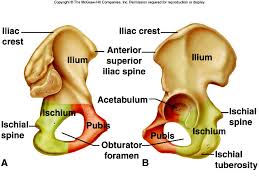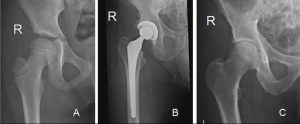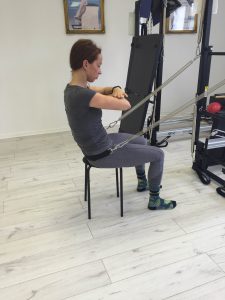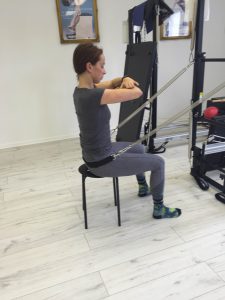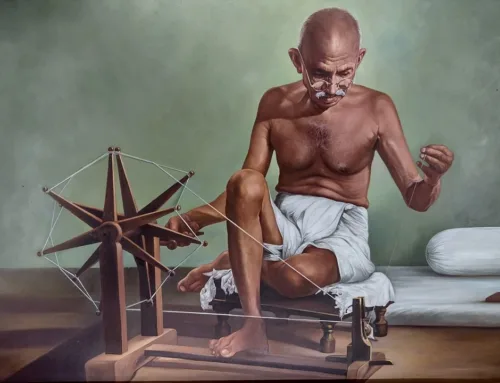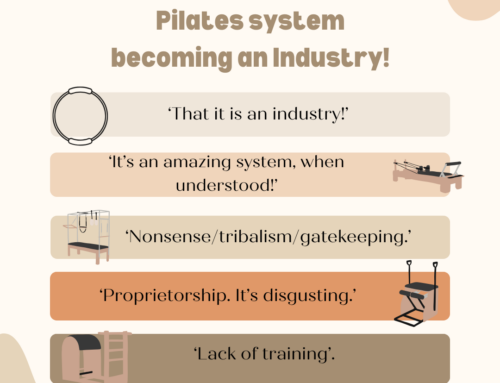Why is it that some of us are able to tilt the pelvis and some of us cannot? I have seen this time and time again in seated forward bend asanas, GYROTONIC handle unit, and Pilates variations of the roll down and roll up. We are forever being sold solutions to gain flexibility in our hips, but how much flexibility in truth can we actually gain?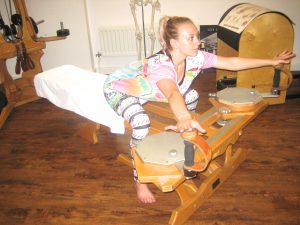
First things first the pelvic tilt whether anterior or posterior is the ability to roll the head of the femur either towards or away from the ASIS. If there is little or no movement, another area of the body will compensate.The acetabulum (Latin for small bowl) is a deep socket formed by the junction of the ilium, pubis and ischium. It should not be confused with the foramen.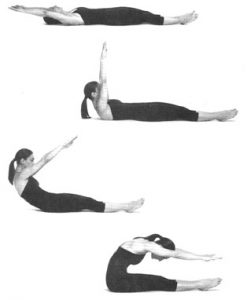
Because of the structure of the pelvis, the acetabulum is directed laterally, anteriorly, and inferiorly. In the anatomical position the anterior femoral head is partly exposed. The head fits better into the socket when the femur is flexed to 90 degrees angle relative to the trunk as in a four point kneeling position.
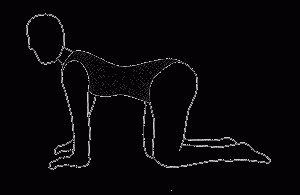 Abnormalities of the shape of the ball or socket may be congenital (born with this condition) or developmental (develops in childhood or adolescence with bone growth). These abnormalities can be quantified on Xray/CT scan/ MRI scan and there are various measures to signify whether the shape differences are mild, moderate or severe.
Abnormalities of the shape of the ball or socket may be congenital (born with this condition) or developmental (develops in childhood or adolescence with bone growth). These abnormalities can be quantified on Xray/CT scan/ MRI scan and there are various measures to signify whether the shape differences are mild, moderate or severe.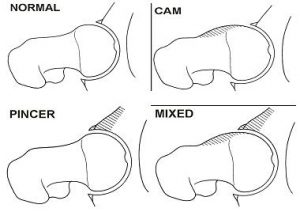
Population studies have identified that at 18 years of age a significant percentage do not have spherical femoral heads (ball). Of these individuals, only a very small number go on to develop the clinical symptoms and signs associated with FAI. This is an important point because FAI is NOT a condition that is diagnosed because an Xray or scan report indicates there is a shape variation to the ball or socket.
Occasionally FAI can occur in individuals with normally shaped balls or sockets. These individuals have hypermobile joints and impingement occurs when the joint is at an extreme of its range of movement. The average angle between the femoral neck and shaft is 135 degrees. In some individuals this angle is smaller, a condition called (coxa vara) in which the range of abduction is reduced. When the angle is greater than 135 degrees (coxa alga), the range of abduction is increased.
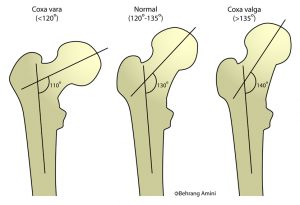
So whether your movement speciality is Yoga, Pilates, GYROTONIC, Martial arts, Cross Fit or something else, try this little experiment. The initial aim of this exercise is to establish pelvic mobility. Once this is achieved the motor control of the movement can be further enhanced. This drill (particularly with the passive assistance described) works well for teaching pelvic mobility regardless of an individual’s pelvic alignment.
Preferred position
- Seated with both feet flat on the floor
Action
- Whilst keeping their shoulders still the individual should attempt to tilt the pelvis anteriorly (forward and down)
- Hold the new position for a few seconds before relaxing back to the original position and repeating

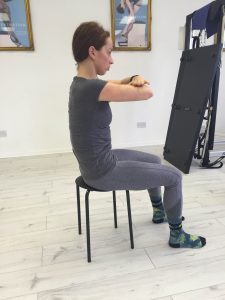
If the individual’s movement is lacking or particularly poor, passive assistance may be provided. A wide webbing belt or towel around the waist allows the trainer to passively extend the lumbar spine, then assisting the pelvis to lift anteriorly. I have shown the demonstration seated as it easier for the practitioner to find space in the joints rather than working in compression on the floor.
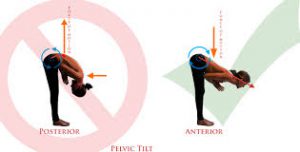 Here are some Yoga Asanas demonstrating the pelvic tilt, in my teaching experience and self-practice if the facility is not there it will not automatically happen, modifications need to be given plus more rhythmic movement patterning. The forward bend asana often gets mistaken for short and tight or long and taut hamstrings, this can be a contributory factor but not the full diagnosis. Look at the lower back on this downward dog.
Here are some Yoga Asanas demonstrating the pelvic tilt, in my teaching experience and self-practice if the facility is not there it will not automatically happen, modifications need to be given plus more rhythmic movement patterning. The forward bend asana often gets mistaken for short and tight or long and taut hamstrings, this can be a contributory factor but not the full diagnosis. Look at the lower back on this downward dog.
“The physical body is not only a temple for our soul, but the means by which we embark on the inward journey toward the core.” B.K.S.Iyengar


